The importance of frogs can’t be overstated, as they live in the air, land and water and even impact estuarine and marine quality. 95% of frog biomass (eggs, tadpoles, and adults) are food for other animals and as a keystone species they can influence the diversity and quality of an ecosystem. Tadpoles make the wetland ecosystem healthier, with their feeding habit of grazing the algae that grows on the surface of aquatic plants, thereby allowing the plant life to photosynthesise more efficiently and in-turn providing a healthier food source and habitat for many species, especially at the recruitment – nursery stage.
The Frogs of Birak
With the Birak Noongar season upon us, it means that many of our frogs have completed the aquatic stage of their lifecycle as eggs and tadpoles and are now settling in for the dry season. But settling in doesn’t mean shutting down, it just means they adjust their habits and leverage various mechanisms they have evolved to cope with this time of the year. In fact, finding frogs at this time of the year is pretty easy if you know a little about their biology and ecology, I call this Frogology, hence the title of this article.
Let’s start by looking at the colours of our frogs—by far these consist of greys, thorn to brown, then looking at their fingers and toes—most of them have claws, and if you read closer into them, they don’t actually like a lot of water, only at a certain time. This might seem bizarre to you, but our frogs have evolved like this, so they can survive in the driest inhabited continent on the planet (the driest being Antarctica but that isn’t inhabited by humans as such).
At Bibra Lake we have 4 species of burrowing frogs (Moaning, Crawling, Banjo and Turtle Frogs), 3 species of ground frogs (Squelching, Clicking and Ticking frogs), 2 species of tree frogs (Slender and Motorbike frogs) as shown in Figure 1 below.
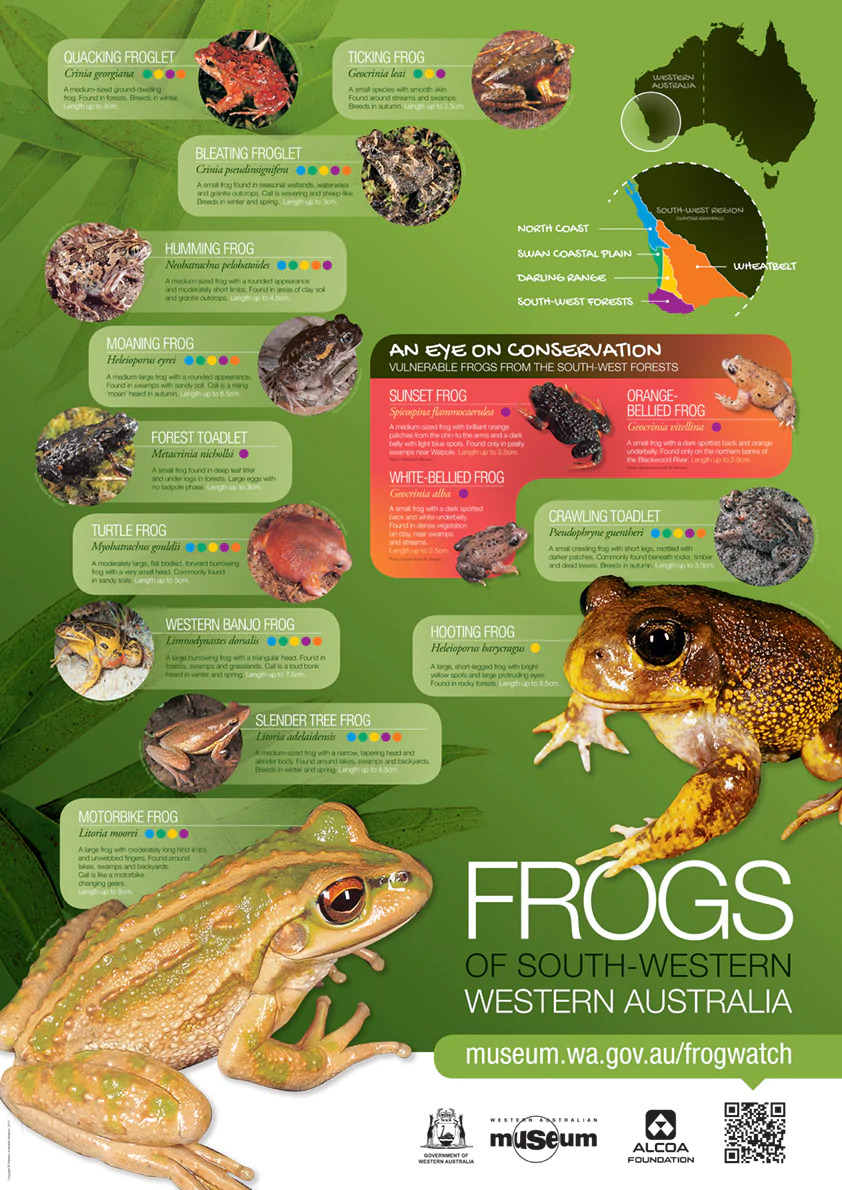
Trying to physically find and identify these individual frogs is almost impossible, but thanks to the Australian Museum who have developed a citizen science project and app. called FrogID. The FrogID app. makes it much easier to identify and monitor frogs by their calls. Here’s another thing for you, it’s the males that call and primarily call for the females during their breeding season, but they can call for another reason and that’s to mark their territory. Downloading the app. onto your smart phone, or tablet will open up a whole new world of frogs.
Another initiative of this project is the FrogID Week on the 3rd weekend of November, and this year it was from the 11th-20th of November. This year approximately 18000 calls were verified, which is just amazing. Unfortunately, most of our frogs have finished their calling season to coincide with our rainfall season from June to August-September, except for the Slender, Motorbike and the most bizarre of our frogs, the Turtle Frog.
Turtle Frogs
The importance of frogs can’t be overstated, as they live in the air, land and water and even impact estuarine and marine quality. 95% of frog biomass (eggs, tadpoles, and adults) are food for other animals and as a keystone species they can influence the diversity and quality of an ecosystem. Tadpoles make the wetland ecosystem healthier, with their feeding habit of grazing the algae that grows on the surface of aquatic plants, thereby allowing the plant life to photosynthesise more efficiently and in-turn providing a healthier food source and habitat for many species, especially at the recruitment – nursery stage.
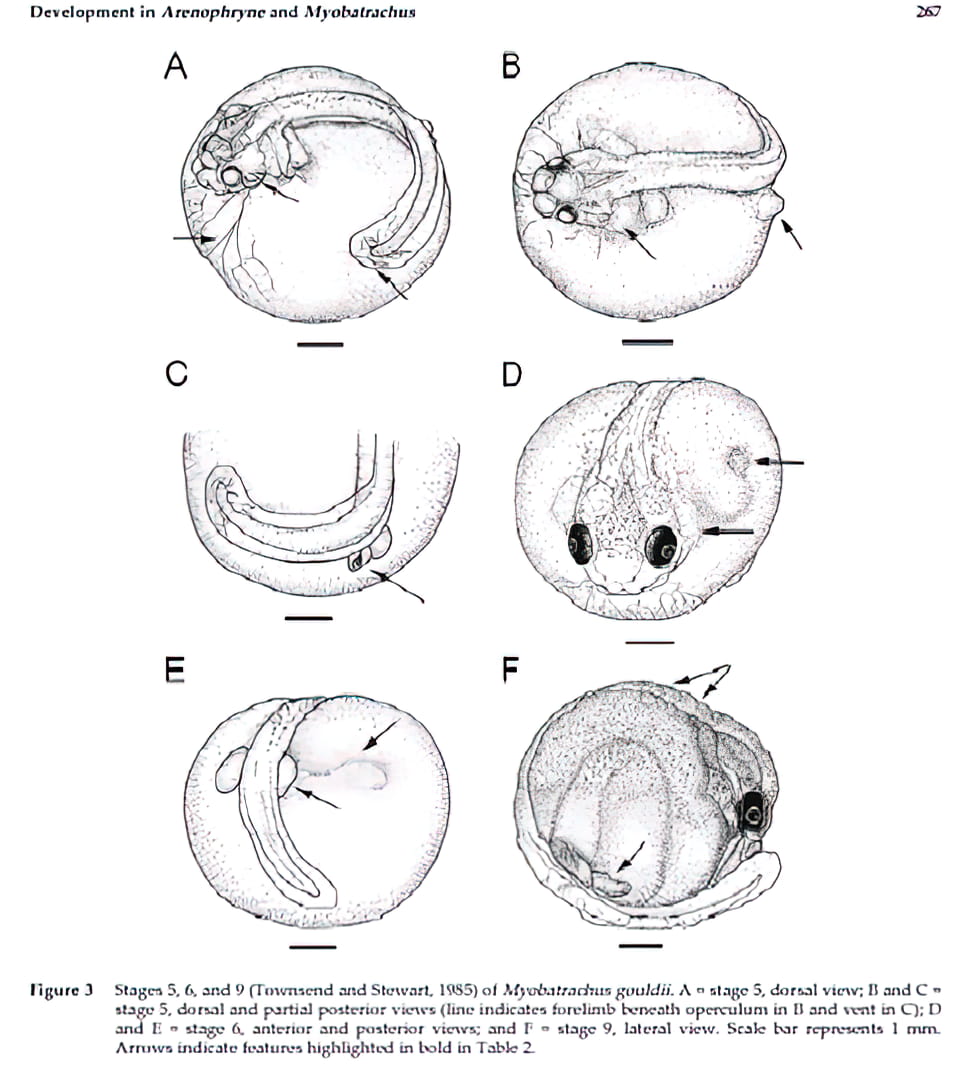
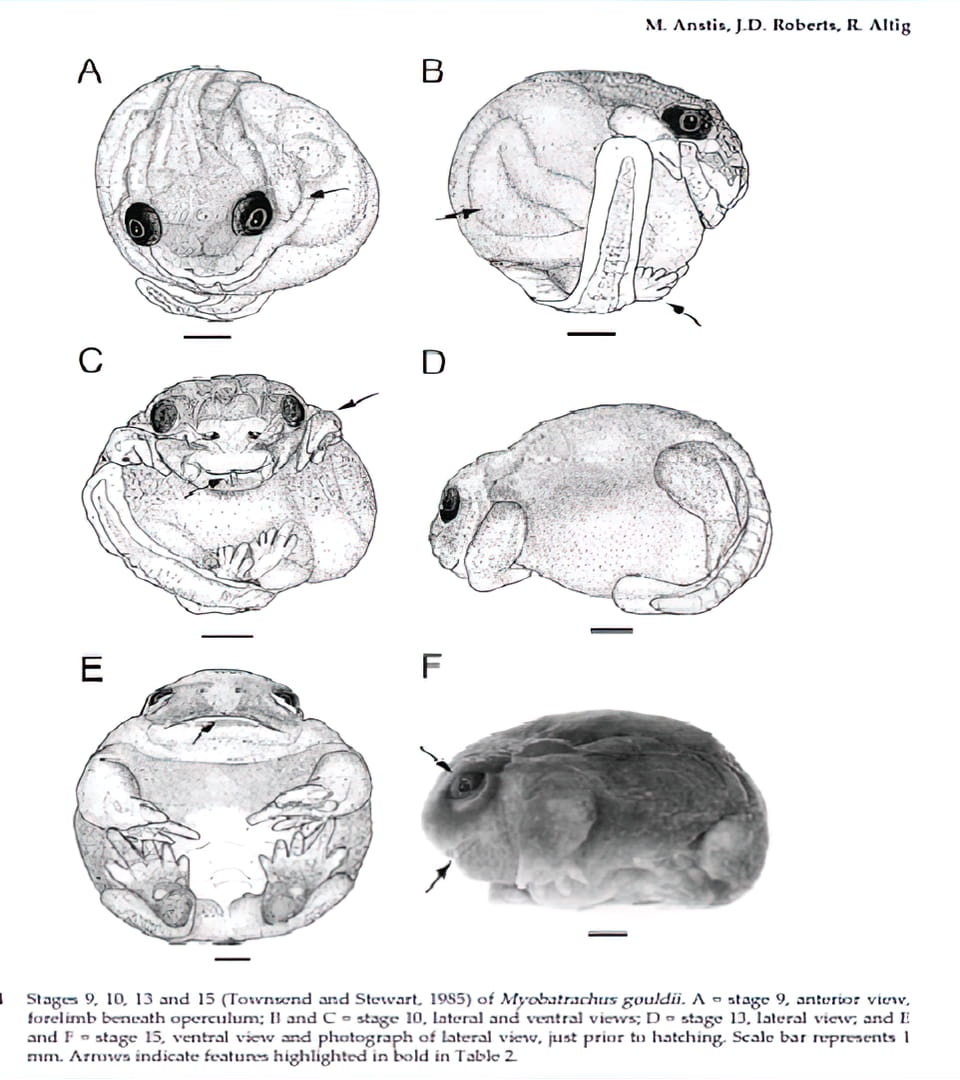
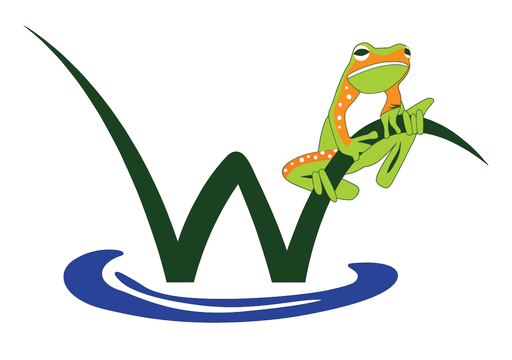
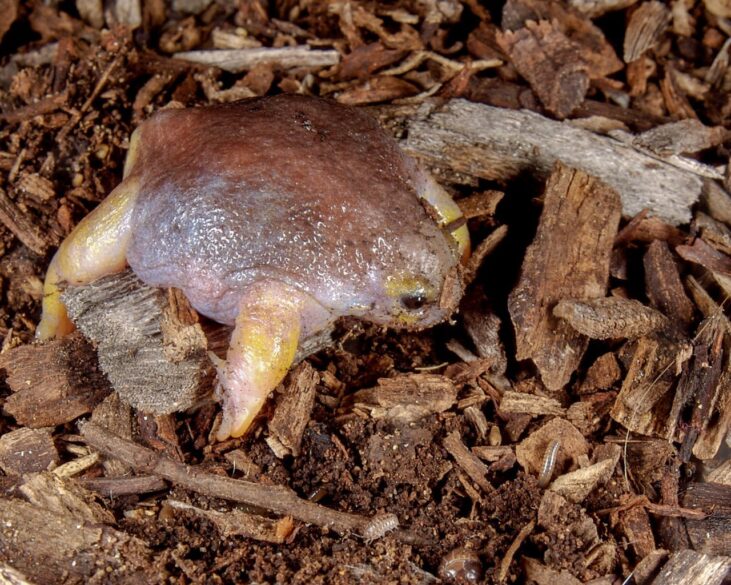
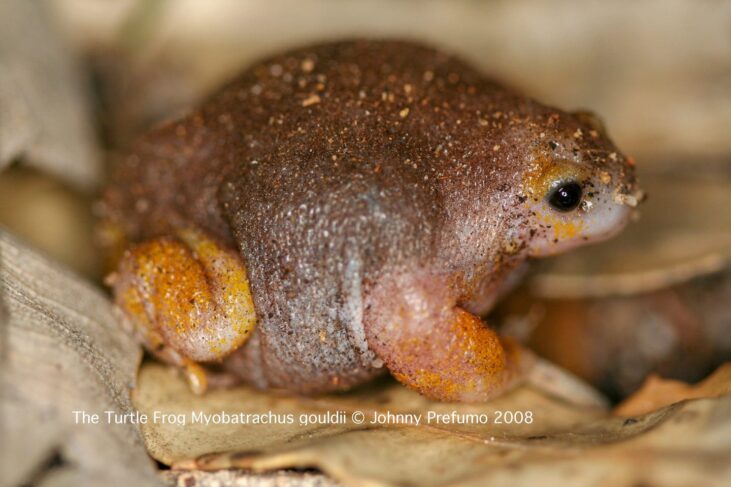
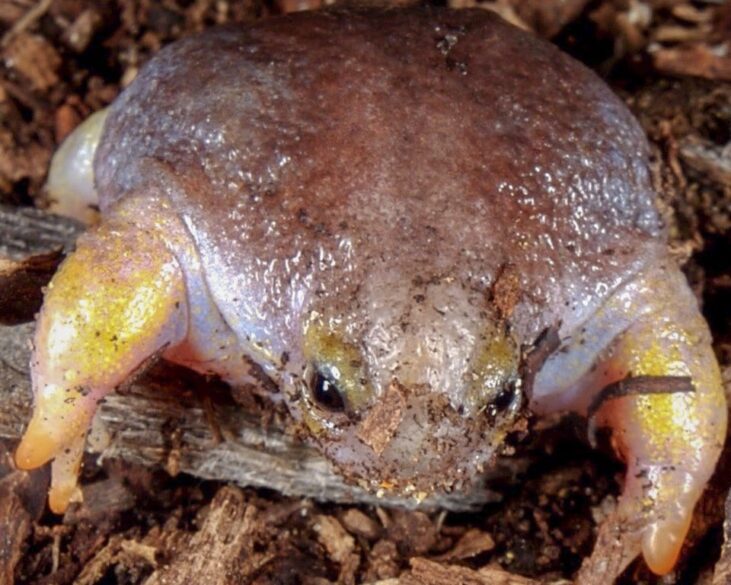
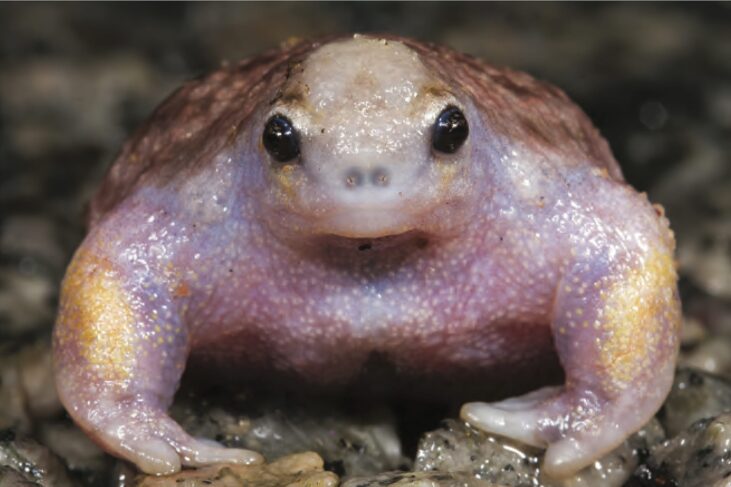
0 comments on “FrogologyAccording to the Birak Season”